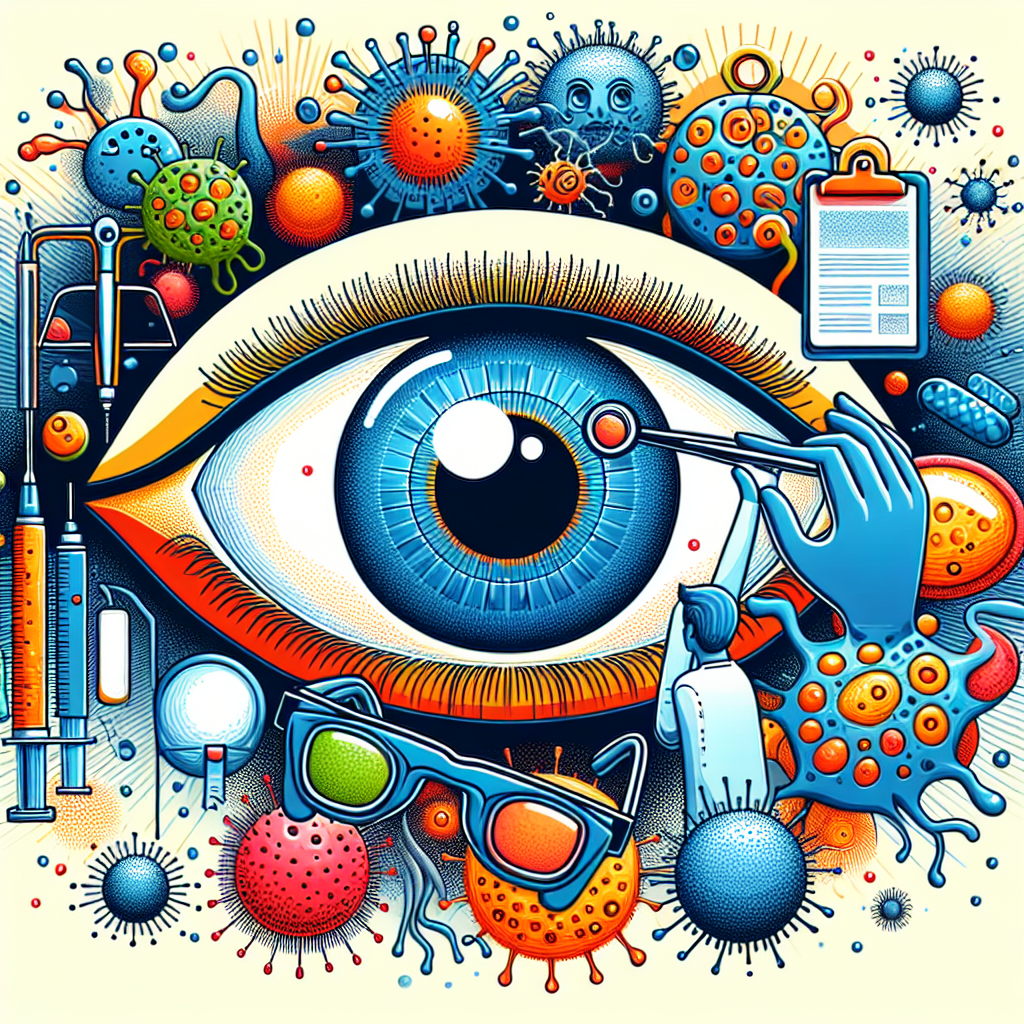Introduction
Imagine trying to navigate through a foggy landscape where everything appears blurred and distorted. This is what living with untreated astigmatism can feel like. Astigmatism is a common vision condition that affects millions of people in the United States. But what makes it worse? And more importantly, how can you ensure it doesn’t interfere with your daily life? Let’s dive into the intricacies of astigmatism, unraveling the mystery behind its progression and uncovering practical solutions for maintaining clear vision.
- Understanding Astigmatism
- Factors that Worsen Astigmatism
- Effective Management Strategies
- Key Takeaways
- FAQs about Astigmatism
- Conclusion
Understanding Astigmatism
Astigmatism occurs when the cornea or lens of the eye has an irregular shape, causing light to focus unevenly on the retina. This leads to blurry or distorted vision, akin to viewing the world through a warped lens. Whether you’re reading a book or driving at night, astigmatism can make everyday tasks challenging.
Factors that Worsen Astigmatism
Several elements can exacerbate astigmatism, intensifying its effects on vision:
1. Eye Strain
In today’s digital age, our eyes are constantly glued to screens. Prolonged screen time without breaks can strain the eyes, potentially worsening astigmatic symptoms. It’s akin to overworking a muscle until it becomes fatigued.
2. Poor Lighting Conditions
Dim lighting can force your eyes to work harder to focus, exacerbating astigmatism. Imagine trying to read a map by candlelight—your eyes squint and struggle to make sense of what’s before them.
3. Inadequate Correction
Wearing incorrect prescription glasses or contact lenses is like using a blurry filter over your vision—it doesn’t address the problem and may worsen it over time. Regular eye exams ensure that your corrective lenses provide optimal support.
4. Aging
Aging is an inevitable journey that brings changes to the body, including the eyes. As we grow older, the flexibility of the eye’s lens diminishes, potentially aggravating astigmatism.
Effective Management Strategies
While not all factors affecting astigmatism are within our control, certain strategies can help manage its progression:
Regular Eye Exams: Scheduling routine check-ups with an eye care professional ensures that any changes in your vision are promptly addressed. For comprehensive eye care services, you might consider exploring facilities like Immediate Care Westmont.
Proper Lighting: Ensure adequate lighting while working or reading to reduce eye strain. Think of it as illuminating a path clearly, allowing you to navigate with ease.
Screen Breaks: Follow the 20-20-20 rule: every 20 minutes, look at something 20 feet away for 20 seconds. This practice relieves eye tension, offering a momentary escape from visual demands.
Corrective Lenses: Use prescribed glasses or contact lenses specifically designed for astigmatism. This is like fitting your eyes with custom-tailored attire—providing the comfort and clarity needed for seamless vision.
Key Takeaways
- Astigmatism causes distorted and blurry vision due to irregularities in the cornea or lens.
- Factors such as eye strain, poor lighting, inadequate correction, and aging can worsen astigmatism.
- Managing astigmatism involves regular eye exams, proper lighting, screen breaks, and using corrective lenses.
FAQs about Astigmatism
Can astigmatism lead to other eye conditions?
No, while astigmatism affects vision clarity, it does not cause other eye diseases. However, its symptoms may overlap with other conditions. Always consult an eye care professional for accurate diagnosis.
Is surgery an option for correcting astigmatism?
Yes, surgical options such as LASIK can correct astigmatism by reshaping the cornea. Consult with your ophthalmologist to determine if you’re a suitable candidate.
Conclusion
The journey through the fog of astigmatism need not be daunting. By understanding the factors that exacerbate this condition and implementing effective management strategies, you can maintain the clarity of vision necessary to navigate life’s vibrant tapestry. Remember, your eyes are precious; treat them well and they will continue to reveal the world’s wonders in all their detail and vividness.
For more information on handling various health concerns, including infections and minor injuries, visit our comprehensive guide on urgent care services.
Your journey to clearer sight begins here—embrace it with open eyes and an informed mind.











